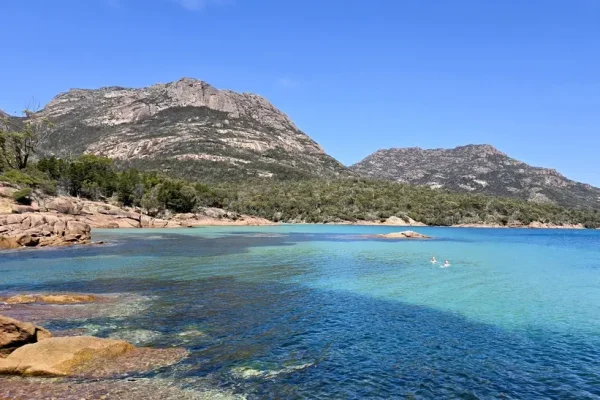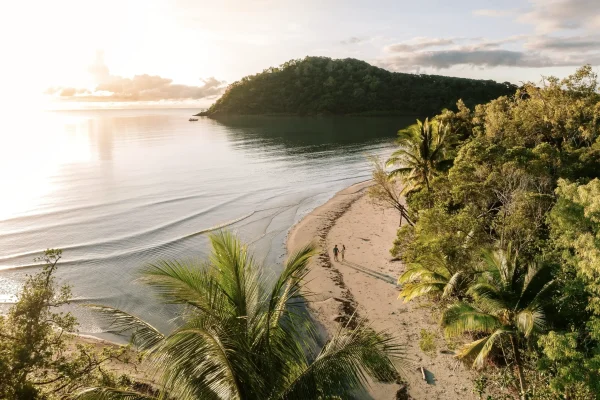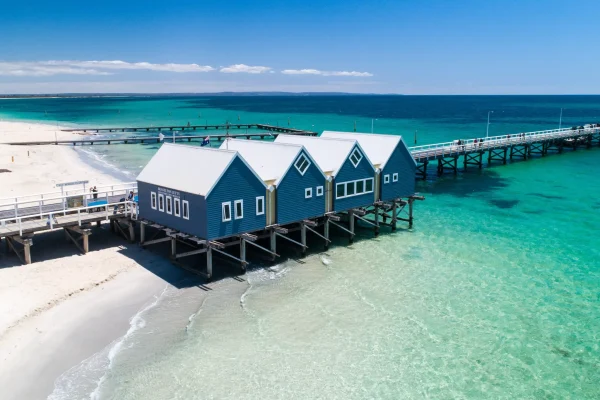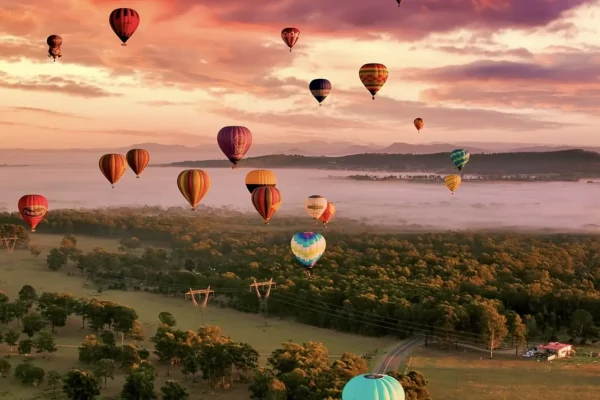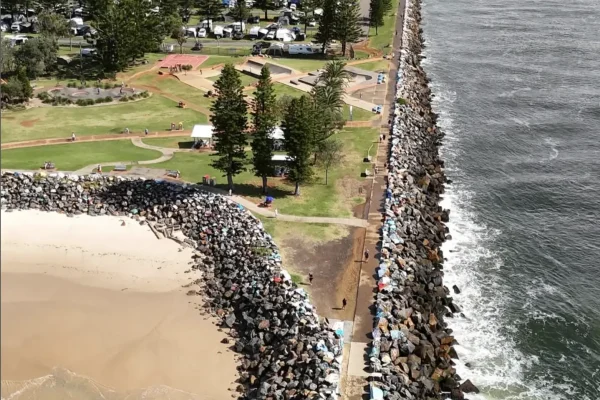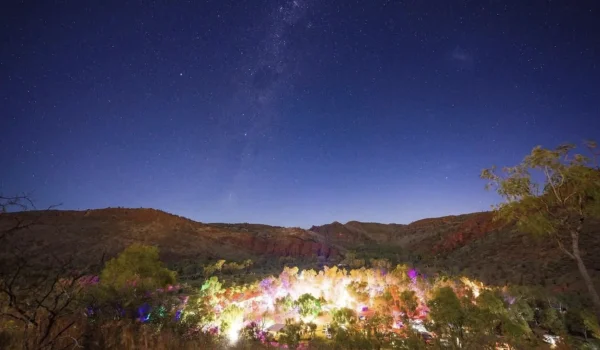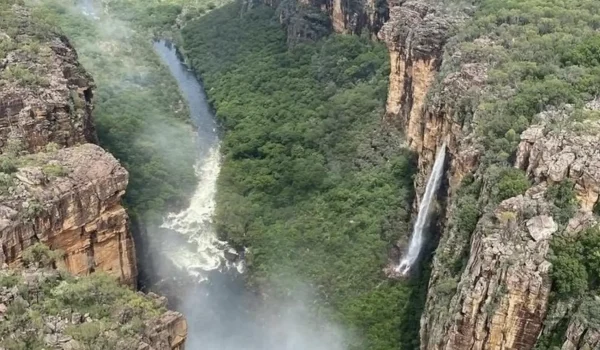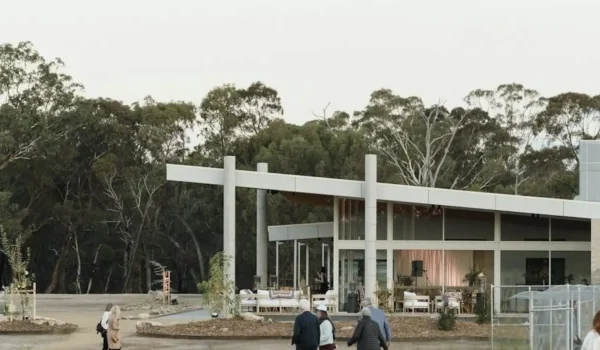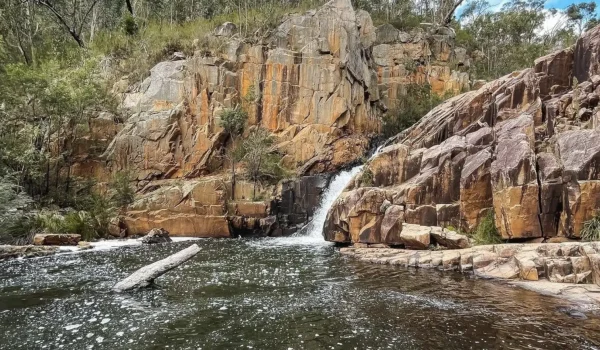Kakadu National Park, in the Northern Territory of Australia, is the ultimate bush camping experience. Within its boundaries are some of Australia’s most famous natural attractions – Jim Jim Falls, Twin Falls and the peaceful Yellow Water Billabong. The main drawcard of bush camping here is getting into a landscape of rich Aboriginal history, diverse wildlife and stunning scenery. This guide will help you plan and enjoy your camping trip in Kakadu, covering everything from permits to when to visit.
Kakadu
Kakadu national park is a natural wonder but it also has a deep cultural heritage for its Aboriginal custodians. It covers over 19 800 square kilometers and has some of the best collections of ancient rock art sites – Nourlangie and Ubirr – which reveal the secrets of the Aboriginal people’s history and culture. You need to understand this cultural significance and the ecological diversity so you can respect it.


Plan
Campgrounds in Kakadu
When planning your camping trip to Kakadu National Park, the first step is to choose the right campground. The park has many campsites, from basic ones with few facilities to fully serviced ones with hot showers and picnic tables. Some high-end camp accommodation options like Kakadu Lodge or Anbinik Kakadu Resort are at key sites, while others like Koolpin Gorge or Maguk (Barramundi Gorge) are more remote and for those who want unspoilt wilderness. Each site has its own features: some are near water, like Alligator Billabong for water sports enthusiasts, and others are in cultural landscapes with ancient rock carvings to connect with the land and its past.
Park Pass and Camping Permit
Before camping in Kakadu, you need a park pass and a permit. These are required as they contribute to conservation and help maintain facilities in the national park. You can get them online or from entry stations and visitor centres where you can pick up an application form for permits. Note that different fees apply for various sites and services, from non-powered sites for setting up tents to powered caravan sites with full amenities. Plan ahead and get these permits during peak season (dry), which will make your stay easier here.
Road Conditions and Park Alerts
Road conditions in Kakadu National Park can vary greatly depending on where you are in this massive park. Most of the tracks to more remote campgrounds like Jim Jim Billabong or Twin Falls Gorge are 4WD only and are often impassable after heavy rain. Check the Kakadu National Park Conditions portal for up-to-date road conditions and park alerts. This is especially important on high water days for safe navigation as it prevents campers from attempting creek crossings when rocky ridges become dangerous in bad weather.
Croc Aware
Kakadu has both freshwater and saltwater crocodiles so camping here requires being aware of the risks. Safety is when park regulations are followed, when campers set up their campsites a certain distance from water and when all croc signs are respected. There are management plans to reduce the croc risk but campers need to take sensible action to inform themselves and be prepared for encounters.
Camping in Comfort
If you don’t want to rough it in the wild there are several options throughout Kakadu. Notably Kakadu Lodge and Anbinik Kakadu Resort have modern amenities like pools to cool off in during the heat and full service sites with power and hot showers. They also sometimes offer guided tours and educational programs to enhance the camping experience and help you connect with the natural and cultural heritage of the park.

Off-the-Beaten-Track Camping
Kakadu National Park in Australia has many remote camping options for those who want to get off the beaten track. Some of these lesser-used sites are Sandy Billabong and Alligator Billabong, where tourist numbers are low so that you can have a more intimate connection with nature. These places can only be accessed by dirt roads and require a 4WD and a sense of adventure. But they offer peaceful surroundings, animal encounters and unspoilt landscapes. So when you come to camp here you must be well prepared with all your camping gear, lots of drinking water and emergency equipment. Some of these outposts don’t have basic amenities like drinkable water or toilet facilities, so it’s an authentic wilderness experience.
Camping with Entertainment
Kakadu is not just about quiet starry nights and sounds of nature but also cultural and educational entertainment while camping. In the dry season, ranger-guided tours and indigenous cultural presentations take place at more extensive campsites like Cooinda or Jabiru. These activities usually feature traditional hunting skills demonstrations and stories about The Dreaming period so you can learn about the ancient connection between Aboriginals and their land. Families enjoy these activities but are also a learning experience for kids, so it’s an educational trip.


When to Camp in Kakadu
The dry season (May to October) is the best time to visit. Predictable, cooler weather with less humidity, open campsites, accessible roads, and ideal wildlife viewing at waterholes like Yellow Water Billabong. Cultural events are also concentrated in this period.
Conclusion
Camping in Kakadu National Park is more than putting up a tent – it’s an adventure into the Australian outback, indigenous culture, and ecosystem diversity. From resort-style campsites to quiet bush campsites or ranger-led programs, Kakadu provides lifelong memories. Always travel responsibly and respect the environment and cultural significance for future generations.

FAQ
What should I bring when bush camping in Kakadu?
For a successful bush camping trip you should bring: strong tents, enough water (at least 5L per person per day), high energy food, first-aid kits, maps or GPS devices and crocodile safe camp gear. Also bring a camera so you can capture these amazing landscapes and wildlife.
Any hiking tips for Kakadu?
Always plan your hike according to the weather and your fitness level. Notify a park ranger or someone else of your plans especially if venturing into remote areas. Wear appropriate footwear, carry plenty of water, use sun protection and be aware of wildlife, especially crocodiles and snakes.
Does it get cold at night?
Kakadu National Park can get very cold at night, especially during the dry season which is May to October, with the temperature drop more than the daytime heat. You might want to bring some warm clothing if you plan to camp or be outside after dark during this time.
What are the fishing rules in Kakadu?
Fishing is allowed in some areas of the park but conservation measures have been put in place by authorities to avoid damage to the ecosystem. You will need a fishing permit and note that specific rules apply to size, species or types of gear used while fishing in Kakadu.
Can I bring my dog to Kakadu National Park?
No pets are allowed in Kakadu National Park to avoid disruption to indigenous wildlife prevent diseases from being spread among them, and keep it a safe haven for its native animals.


